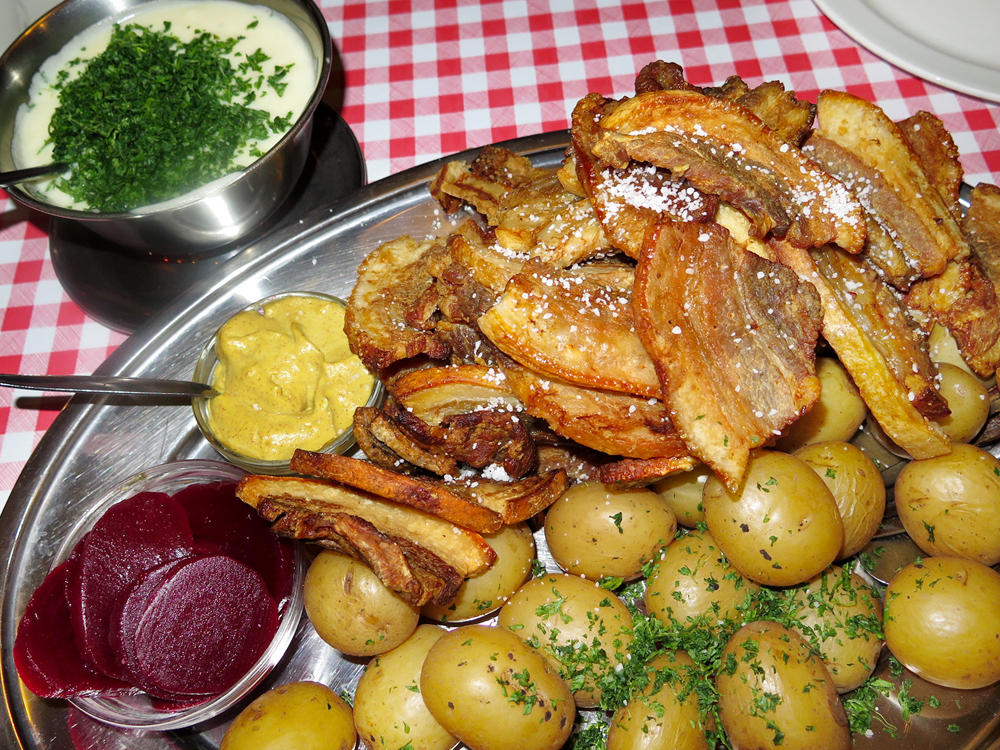Introduction to Danish cuisine
Danish cuisine is a blend of traditional Scandinavian and European flavors, with a focus on fresh, seasonal ingredients. Popular ingredients include seafood, pork, potatoes, and vegetables like cabbage and beets. Danish cuisine is often associated with hearty, comforting dishes like stews and roasts, but it also has a lighter side with dishes like open-faced sandwiches and salads.
Role of condiments and sauces in Danish dishes
Condiments and sauces play a crucial role in Danish cuisine, as they add flavor, texture, and depth to dishes. They can also transform simple ingredients into complex, flavorful meals. Danish condiments and sauces range from classic options like pickled vegetables and mustard to more modern creations like herb-infused oils and creamy dips.
Traditional Danish sauces and their uses
When it comes to traditional Danish sauces, one of the most well-known is gravy, which is often served with meat dishes like roast pork or meatballs. Another popular sauce is a creamy white sauce made with butter, flour, and milk, which is used in dishes like frikadeller (Danish meatballs) and stegt flæsk (fried pork belly). Remoulade, a tangy and slightly sweet sauce made with mayonnaise, pickles, and spices, is also a staple in Danish cuisine and is often served with fish dishes.
Modern twists on classic Danish condiments
While traditional Danish condiments have their place in the country’s cuisine, many modern Danish chefs are putting their own spin on classic condiments. For example, some chefs are infusing traditional pickling flavors with new ingredients like ginger or fennel to create unique pickled vegetables. Other chefs are experimenting with new dipping sauces and dressings made with ingredients like dill and horseradish.
Fusion flavors in Danish cuisine
In recent years, Danish cuisine has also seen an influx of fusion flavors, with chefs incorporating ingredients and condiments from other cultures. For example, some chefs are using Korean gochujang sauce to add a spicy kick to traditional Danish dishes like frikadeller. Others are incorporating Middle Eastern flavors like sumac and za’atar into dishes like roast chicken.
Specialty condiments and sauces for specific dishes
There are also many specialty condiments and sauces used in specific Danish dishes. For example, aebleskiver, a popular Danish dessert, is traditionally served with raspberry jam and powdered sugar. Pickled herring, a common dish in Denmark, is often served with a sour cream and onion sauce. And hot dogs, another Danish staple, are typically served with a variety of condiments including ketchup, mustard, remoulade, and crispy fried onions.
Popular brands of Danish condiments and sauces
Some of the most popular brands of Danish condiments and sauces include Lurpak butter, which is known for its rich, creamy flavor, and Hellefisk, which produces high-quality pickled herring and fish products. Other popular brands include Grønvang, which makes a range of organic and sustainable sauces, and Gule Erbs, which is known for its tangy and flavorful mustard.
Where to find and purchase Danish condiments and sauces
Danish condiments and sauces can be found in specialty stores and online retailers that cater to Scandinavian cuisine. Some popular online retailers include Scandinavian Goods and Nordic House, both of which offer a wide selection of Danish condiments and sauces. And for those living in Denmark, many local supermarkets carry a range of traditional and modern condiments and sauces.

